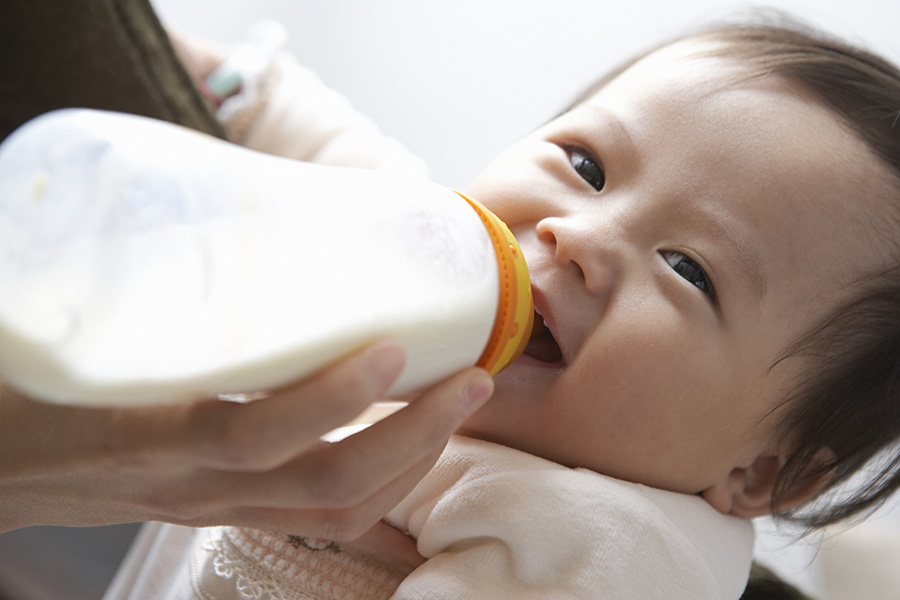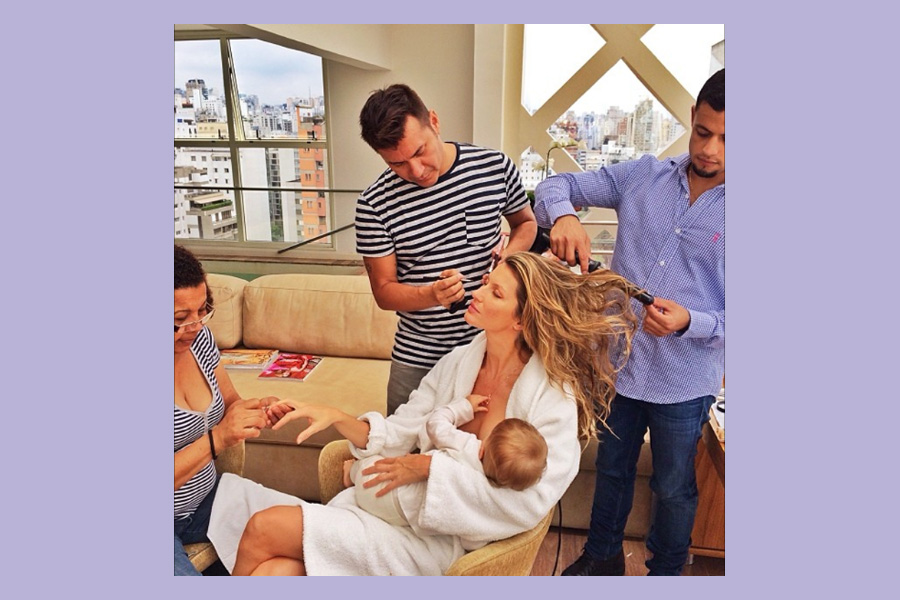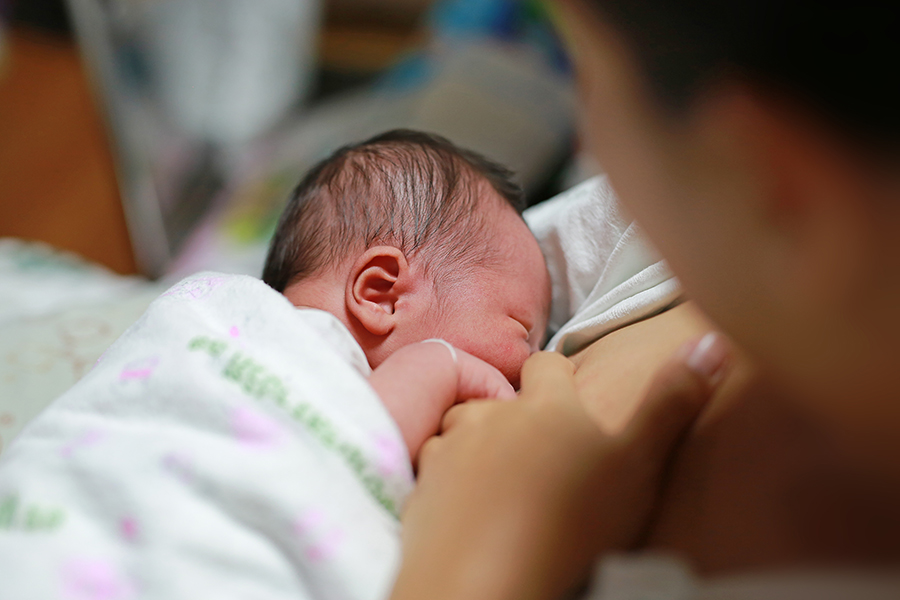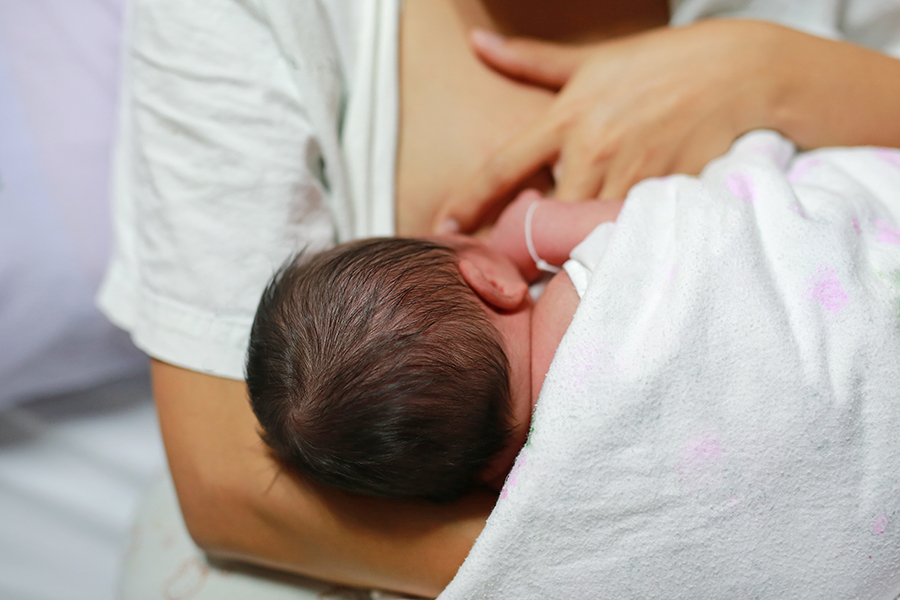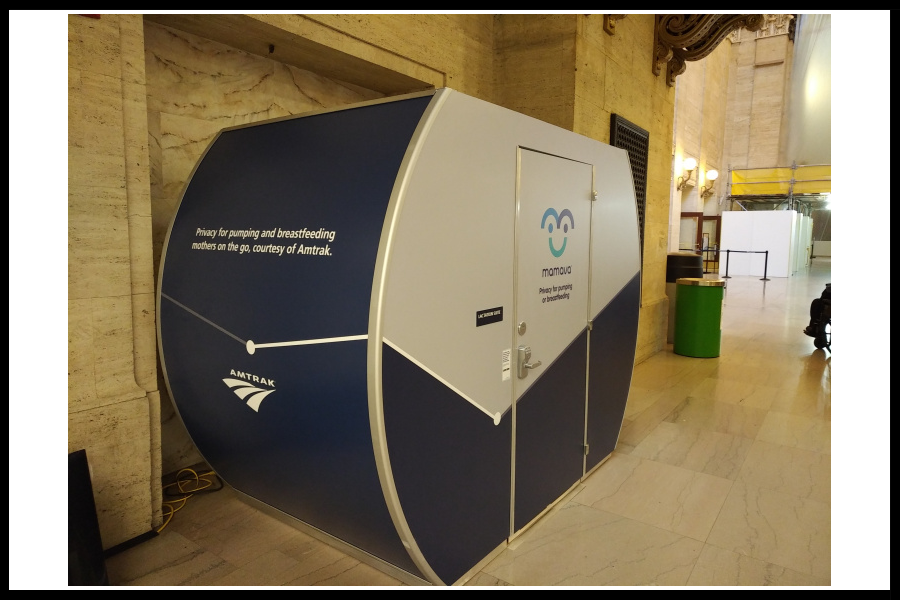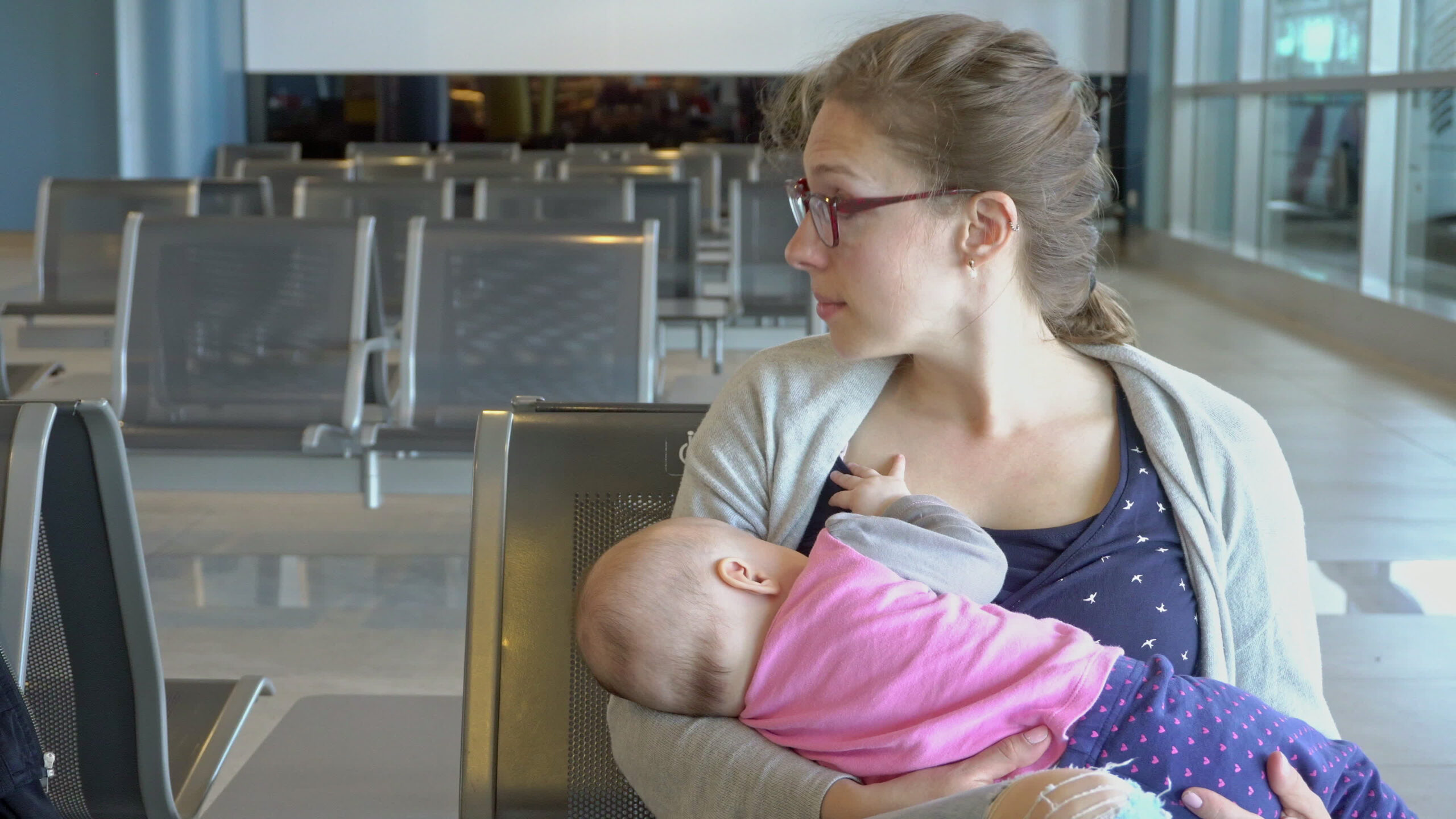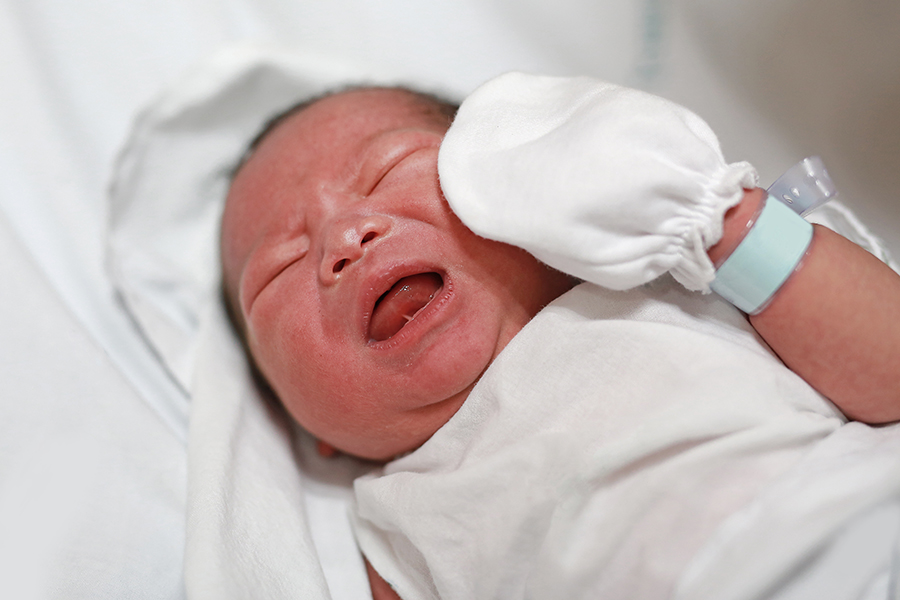By Tara Haelle for Forbes
During my second year of grad school while in a training as a teacher’s assistant, I sat on the floor under the bathroom sink during a break to pump breastmilk for my 3-month-old son while other grad students went to the bathroom, sidestepped me to wash their hands and occasionally gave me a puzzled or sympathetic look. It was the only outlet I could find during the brief break we had, and I still returned to the training after everyone else, hoping the milk sitting in my portable lunchbox with an icepack wouldn’t spoil before I got home. Based on a completely unscientific poll on social media, my experience was both typical and far from the worst of it among breastfeeding moms returning to work after their child’s birth.
But based on a new, actually scientific study, I would have been in the company of more than half of women who return to work postpartum and try to continue breastfeeding. In fact, only 40% of women had access to both break time and a private space — not a bathroom — for expressing milk, despite federal law requiring both of these, reported researchers in the journal Women’s Health Issues.
Mothers in this country have long suffered the impossible (and stressful) reality of hearing from public health advocates that they should breastfeed their children for health and other benefits while being denied the social infrastructure to make breastfeeding possible for all but the most privileged moms. The Affordable Care Act was supposed to rectify at least one small contributor to that reality by requiring employers with at least 50 employees to offer breastfeeding moms the time to express breastmilk and a clean, private place (that isn’t a bathroom) to do it for up to one year postpartum. But a law only works if it’s followed.









